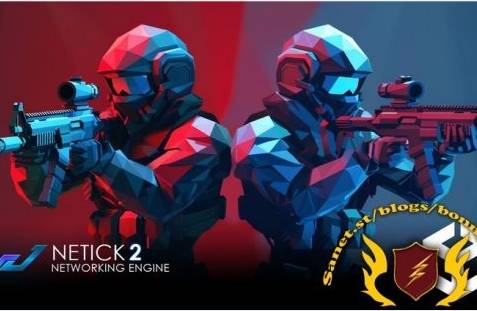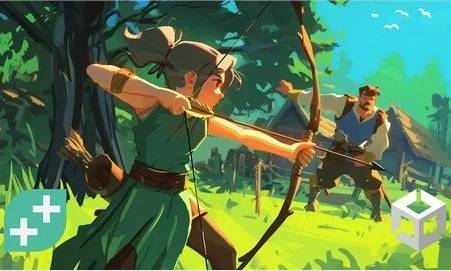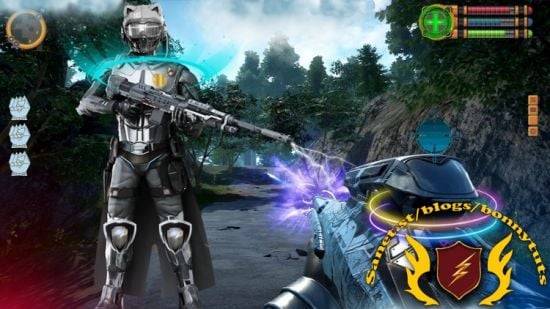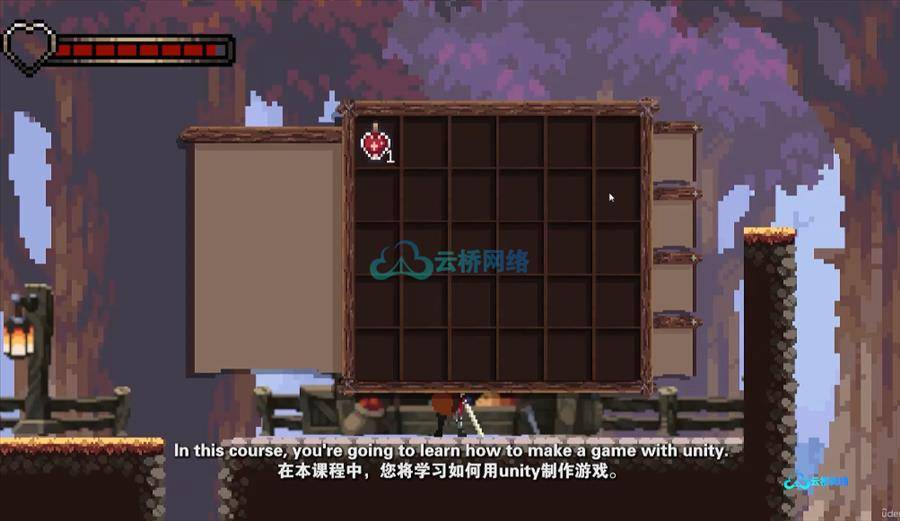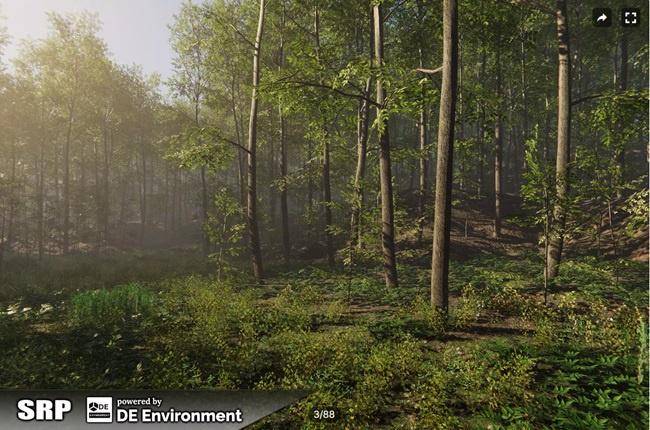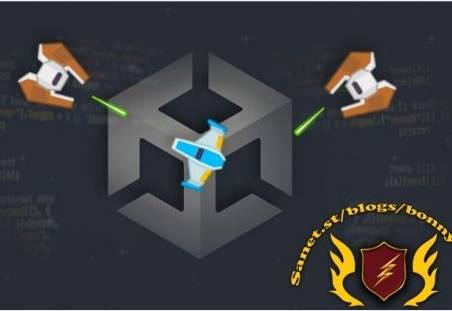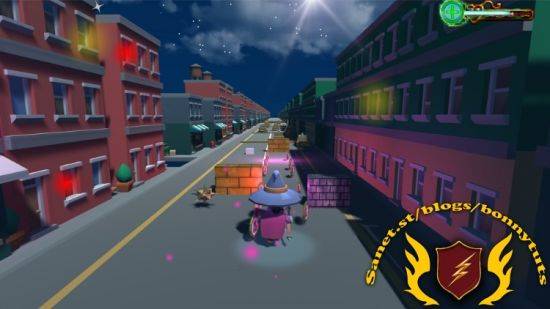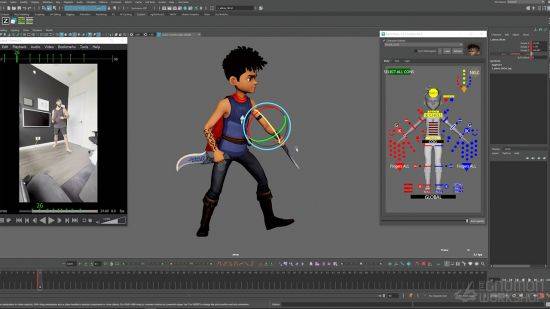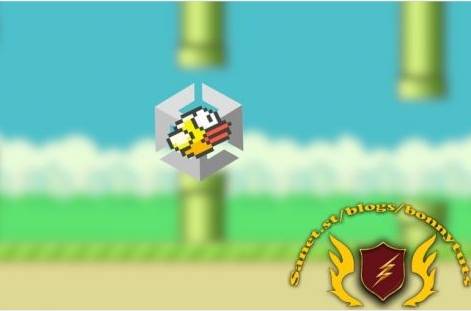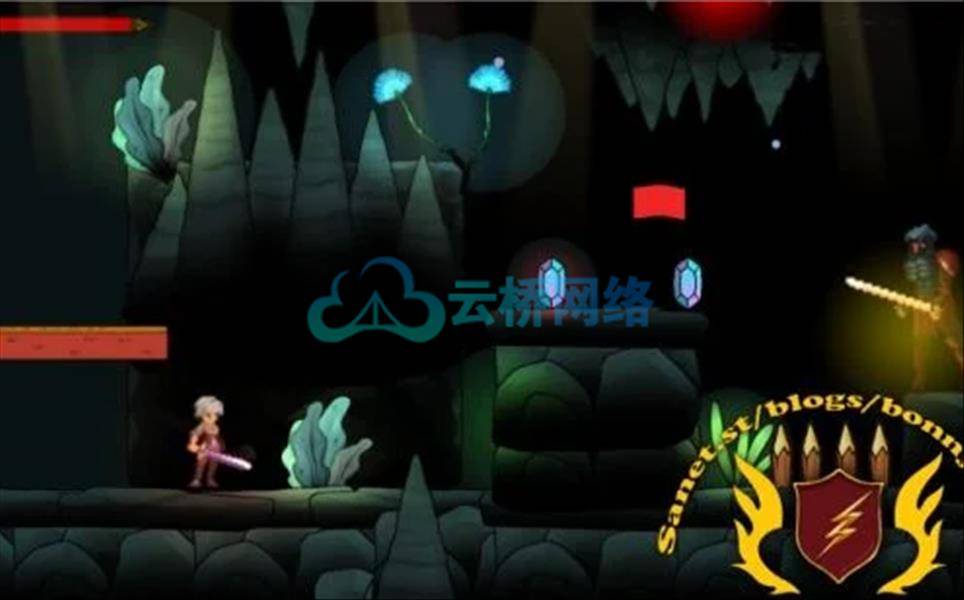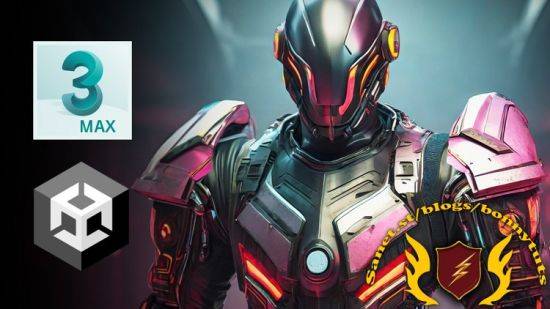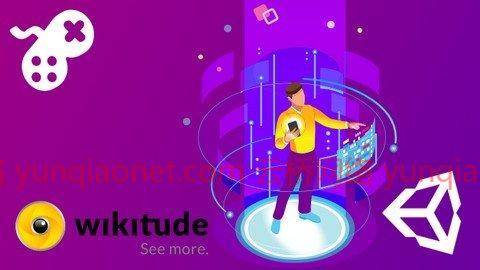
MP4 |视频:h264,1280×720 (部分1920X1080) |音频:AAC,44100 Hz
语言:英语+中英文字幕(云桥CG资源站 机译) |大小解压后:8.62 GB 含项目文件|时长:10小时 54分 共49小节课程
你会学到什么
在Unity中与外部SDK集成并编程。
创建在移动设备上运行的增强现实应用程序。
使用增强现实功能构建简单的交互式移动应用程序。
要求
在苹果电脑或个人电脑上安装Unity游戏引擎
自信的C#编程技能
构建增强现实体验需要一款带有iOS或Android的现代手机,尽管在Unity编辑器中可以看到许多这样的手机
维基软件开发工具包的副本(免费提供给注册学生)。



描述
想学习如何将现实与虚拟融合?想要创建物理世界与计算机化信息、3D模型和动画之间有直接联系的引人入胜的应用程序吗?想学习如何使用图像模式识别来使用数码相机feeds来控制和定位虚拟世界?那么这门关于增强现实的课程是为你准备的。
增强现实是计算机科学中最热门的话题之一,现在随着高性能移动设备及其高质量摄像头的出现,这项技术就在你的手中。再加上Unity游戏引擎和Wikitude AR SDK的易用性,给自己做这样的应用简直是小菜一碟。所有注册本课程的学生都有权获得免费的维基学生许可证。
在本课程中,Penny介绍了增强现实技术,使用了她在游戏和计算机图形学领域超过25年的教学、研究和工作中广受国际赞誉的整体教学风格和专业知识。在整个课程中,您将跟随旨在教您设计和开发增强现实移动应用程序的基本技术的实践研讨会。
从研究其最早的起源到理解计算机化环境与现实世界的融合,我们将为iOS、Android、Mac和PC创建从简单游戏到位置检测的众多应用。



了解如何编程和使用:
ios
机器人
Wikitude SDK
2D图像识别与跟踪
三维物体识别和跟踪
增强现实的阴影、灯光和遮挡着色器
移动全球定位系统和指南针功能
AR中的物理
同步定位和绘图



内容和概述
本课程从一个五分钟的快速研讨会开始,让您在Unity编辑器中启动并运行您的第一个增强现实应用程序。然后,它将工作和推送应用程序的细微差别引入iOS和Android应用程序,这样您就可以为自己的移动设备创建增强现实体验。
随后,2D和3D标记识别和跟踪被检查,这两种标记被创建来提供许多增强现实项目的开端(包括唱歌的啤酒杯垫、可驾驶的汽车、宠物恐龙、儿童拼写游戏和桌面塔防游戏)。
然后包括解释全球定位系统和指南针功能的部分,以帮助开发可根据物理地理位置以及移动设备面临的方向激活和操作的增强内容。
本课程以更多的项目结束,这一次实现了SLAM的功能,正是支撑口袋妖怪围棋界面的技术。
学生们对彭妮的课程有什么看法:
佩妮是一名优秀的教师,她在将复杂的概念分解成更小、更容易理解的主题方面做得很好。
Penny的教学风格异常积极,图文并茂。
这门课太棒了。演讲者解释了你需要知道的一切,并鼓励你进行实验和挑战自己。



本课程面向谁:
游戏设计者和开发者对实现他们自己的增强现实体验感兴趣。
希望将增强现实集成到他们的项目中的移动应用创作者。
最有爱好的Unity游戏引擎爱好者。




MP4 | Video: h264, 1280×720 | Audio: AAC, 44100 Hz
Language: English | Size: 8.48 GB | Duration: 10h 54m
What you’ll learn
Integrate and program with an external SDK in Unity.
Create augmented reality applications that run on a mobile device.
Build simple, interactive mobile applications with augmented reality functions.
Requirements
An installation of the Unity Game Engine on Mac or PC
Confident C# Programming Skills
A recently modern mobile phone with either iOS or Android is required for building out AR experiences, though many can be seen inside the Unity Editor
A copy of the Wikitude SDK (freely available to enrolled students).
Description
Want to learn how to meld the real with the virtual? Want to create engaging applications with direct links between the physical world and computerised information, 3D models and animations? Want to learn how to use image pattern recognition to use digital camera feeds to control and orientate the virtual world? Then this course on augmented reality is for you.
Augmented Reality is one of the hottest topics in computer science and now with the availability of high-powered mobile devices with their top quality cameras, the technology is literally in the palm of your hand. Add the ease of use of the Unity Game Engine and Wikitude AR SDK, making such applications for yourself is a snap. All students enrolled in this course are entitled to a free Wikitude student license.
In this course, Penny introduces augmented reality techniques using her internationally acclaimed holistic teaching style and expertise from over 25 years of teaching, research and work in games and computer graphics. Through-out the course you will follow along with hands-on workshops designed to teach you the fundamental techniques used for designing and developing augmented reality mobile applications.
From examining its earliest origins to understanding the mash-up of computerised environments with the real world, we will be creating numerous applications for iOS, Android, Mac and PC from simple games to location detection.
Learn how to program and work with:
iOS
Android
Wikitude SDK
2D Image Recognition and Tracking
3D Object Recognition and Tracking
Shadows, Lights and Occlusion Shaders for AR
Mobile GPS & Compass functions
Physics in AR
Simultaneous Localisation and Mapping (SLAM)
Contents and Overview
The course begins with a quick five minute workshop that will have you up and running with your first AR application visible in the Unity Editor. It then introduces the nuances of working and pushing apps to both iOS and Android apps, so you can create AR experiences for your own mobile device.
Following this, 2D and 3D marker recognition and tracking are examined and both types of markers created to provide the beginnings of numerous AR projects (including singing beer coasters, drivable cars, pet dinosaurs, a children’s spelling game and a tabletop tower defence game).
A section explaining the GPS and Compass functionalities is then included, to provide assistance in developing augmented content that can be activated and manipulated according to physical geographical locations, as well as the direction the mobile device is facing.
The course concludes with even more projects that this time implement the functionality of SLAM, the very technology underpinning the interface of Pokemon Go.
What students are saying about Penny’s courses:
Penny is an excellent instructor and she does a great job of breaking down complex concepts into smaller, easy-to-understand topics.
Penny’s teaching style is exceptionally well-motivated and illustrated.
This course is awesome. The lecturer explains everything you need to know and encourages you to experiment and challenge yourself.
Who this course is for:
Game designers and developers interested in implementing their own augmented reality experiences.
Mobile app creators wanting to integrate augmented reality into their projects.
Hobbiest Unity Game Engine Enthusiasts.
1、登录后,打赏30元成为VIP会员,全站资源免费获取!
2、资源默认为百度网盘链接,请用浏览器打开输入提取码不要有多余空格,如无法获取 请联系微信 yunqiaonet 补发。
3、分卷压缩包资源 需全部下载后解压第一个压缩包即可,下载过程不要强制中断 建议用winrar解压或360解压缩软件解压!
4、云桥CG资源站所发布资源仅供用户自学自用,用户需以学习为目的,按需下载,严禁批量采集搬运共享资源等行为,望知悉!!!
5、云桥CG资源站,感谢您的关注与支持!


